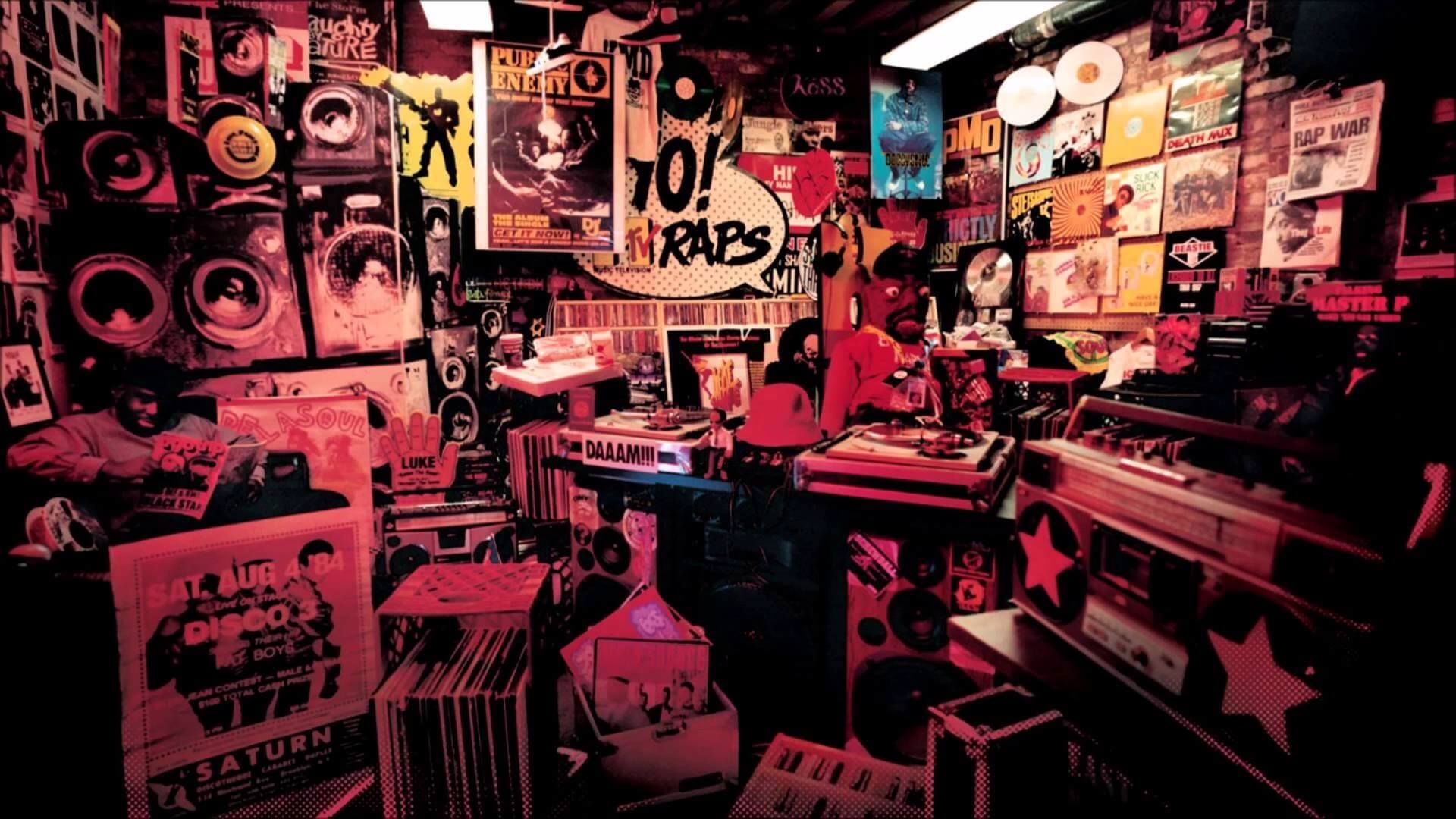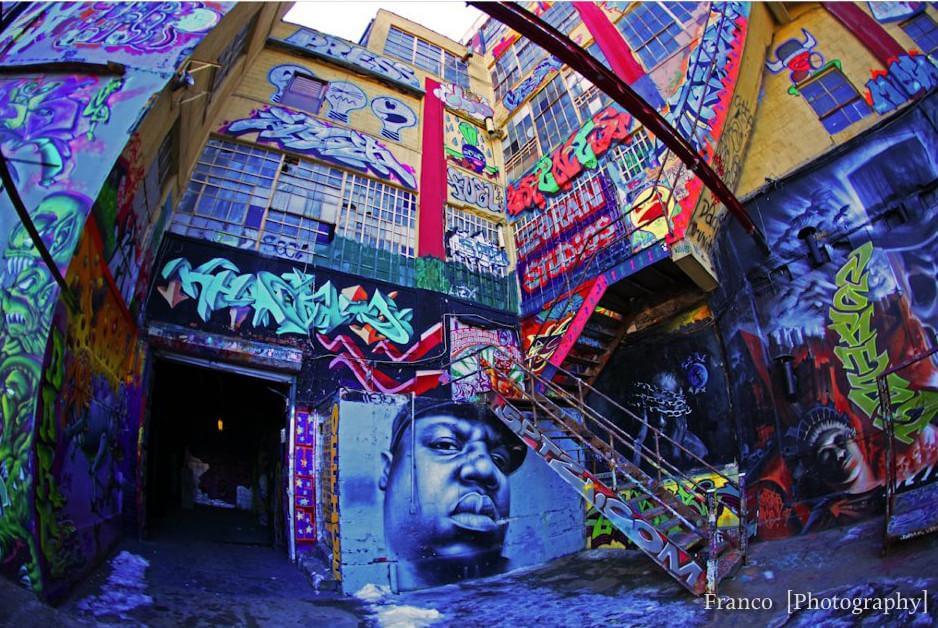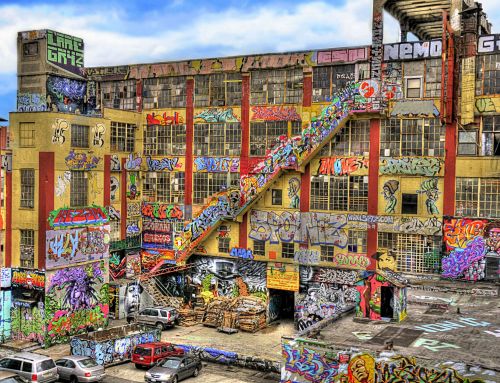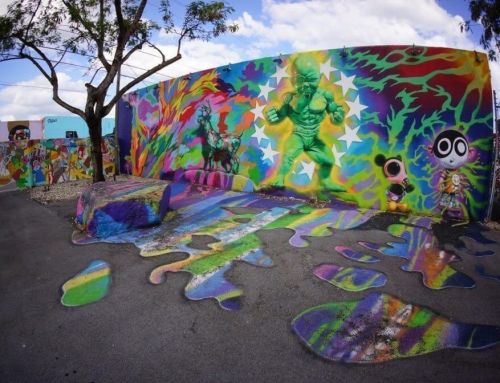About ten years after its inception around 1970, graffiti culture started to be linked with hip-hop, a concept coined by the media to facilitate the commercialisation of graffiti and other contemporary cultures. This artificial link is still seen in the media, and therefore also in the mainstream view of graffiti.
In 1980, media began to link graffiti with other emerging urban cultures – those of breakdance and rap music – also produced by youths from the most neglected areas of New York, creating a concept called hip hop. The new cultural object took form in press articles, performance shows and, in particular, in movies, some of which had wide international distribution. Because of this, the public began to believe, as it still does so today, that graffiti in the New York tradition is, from its very inception and by its own nature, a part of hip hop. This conception is so widespread that the term hip-hop graffiti is often used to differentiate this type of graffiti from others.
the phenomenon of New York graffiti appeared in 1968 and was mature by 1973, years before Richard Goldstein would link it with rap for the first time in a 1980 article in the Village Voice.1 An influential journalist and cultural critic, Goldstein had published, seven years earlier, the first mainstream article to speak favourably of graffiti. The cultural and musical backgrounds of the graffiti writers of the seventies were as diverse as those of the local youths and spanned from psychedelic rock to music with ethnic roots. In the words of Coco144, one of the first writers: “I was listening to jazz, Latin jazz, and rock. This was before hip-hop was created. Anybody that does their homework would know graffiti came first.”3








Leave A Comment